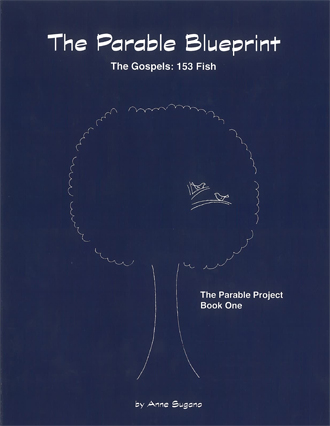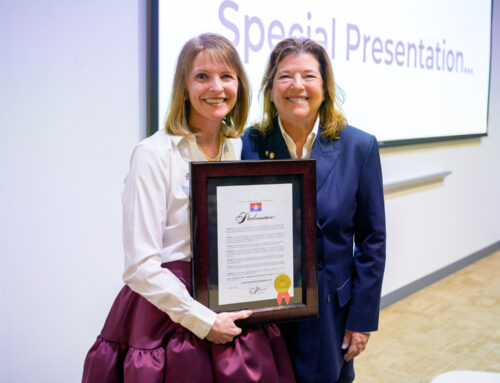 At first glance, it sounds like something from a movie or a detective novel, but Anne Sugano isn’t being theatrical when she says she believes she has made the largest Biblical discovery ever. The “Parable Blueprint,” as she calls it, is the lens through which the Bible ought to be read, but isn’t, she says. Her book, “The Parable Blueprint: The Gospels: 153 Fish,” which she published in January and began selling on Amazon in March, lays out her theory in layman’s terms — plus a bit of her own lingo, coding and abbreviations. She’s ambiguous when explaining her theory — after all, she can’t give all her secrets away for free, she says — but essentially, Sugano claims almost the entire Bible, plus many other Biblical texts, are written in a pattern that can be broken down into five parts. She says each part gives deeper understanding of the text when it is read through the pattern rather than through the given chapter and verses that categorize most Bibles today. “This brings a new dimension to understanding the scripture,” Sugano says. “It will answer a lot of questions that scholars have, but more than anything, I think it’s going to bring a lot of personal freedom.” She hopes her outline will allow people who struggle with reading the Bible to appreciate it as a piece of literary art, much like a poem. That was what the blueprint gave her, at least — a new perspective of the scripture after years of grappling with some of its concepts. She began working on the “Parable Project” with her dad eight years ago. Although she has no formal training, after years of poring over Biblical texts, she considers herself something of a textual critic. In her opinion, the Bible wasn’t meant to be read as “black and white, fire and brimstone,” but as a tool to teach people wisdom, and she hopes her book will help others read it that way as well.
At first glance, it sounds like something from a movie or a detective novel, but Anne Sugano isn’t being theatrical when she says she believes she has made the largest Biblical discovery ever. The “Parable Blueprint,” as she calls it, is the lens through which the Bible ought to be read, but isn’t, she says. Her book, “The Parable Blueprint: The Gospels: 153 Fish,” which she published in January and began selling on Amazon in March, lays out her theory in layman’s terms — plus a bit of her own lingo, coding and abbreviations. She’s ambiguous when explaining her theory — after all, she can’t give all her secrets away for free, she says — but essentially, Sugano claims almost the entire Bible, plus many other Biblical texts, are written in a pattern that can be broken down into five parts. She says each part gives deeper understanding of the text when it is read through the pattern rather than through the given chapter and verses that categorize most Bibles today. “This brings a new dimension to understanding the scripture,” Sugano says. “It will answer a lot of questions that scholars have, but more than anything, I think it’s going to bring a lot of personal freedom.” She hopes her outline will allow people who struggle with reading the Bible to appreciate it as a piece of literary art, much like a poem. That was what the blueprint gave her, at least — a new perspective of the scripture after years of grappling with some of its concepts. She began working on the “Parable Project” with her dad eight years ago. Although she has no formal training, after years of poring over Biblical texts, she considers herself something of a textual critic. In her opinion, the Bible wasn’t meant to be read as “black and white, fire and brimstone,” but as a tool to teach people wisdom, and she hopes her book will help others read it that way as well.





